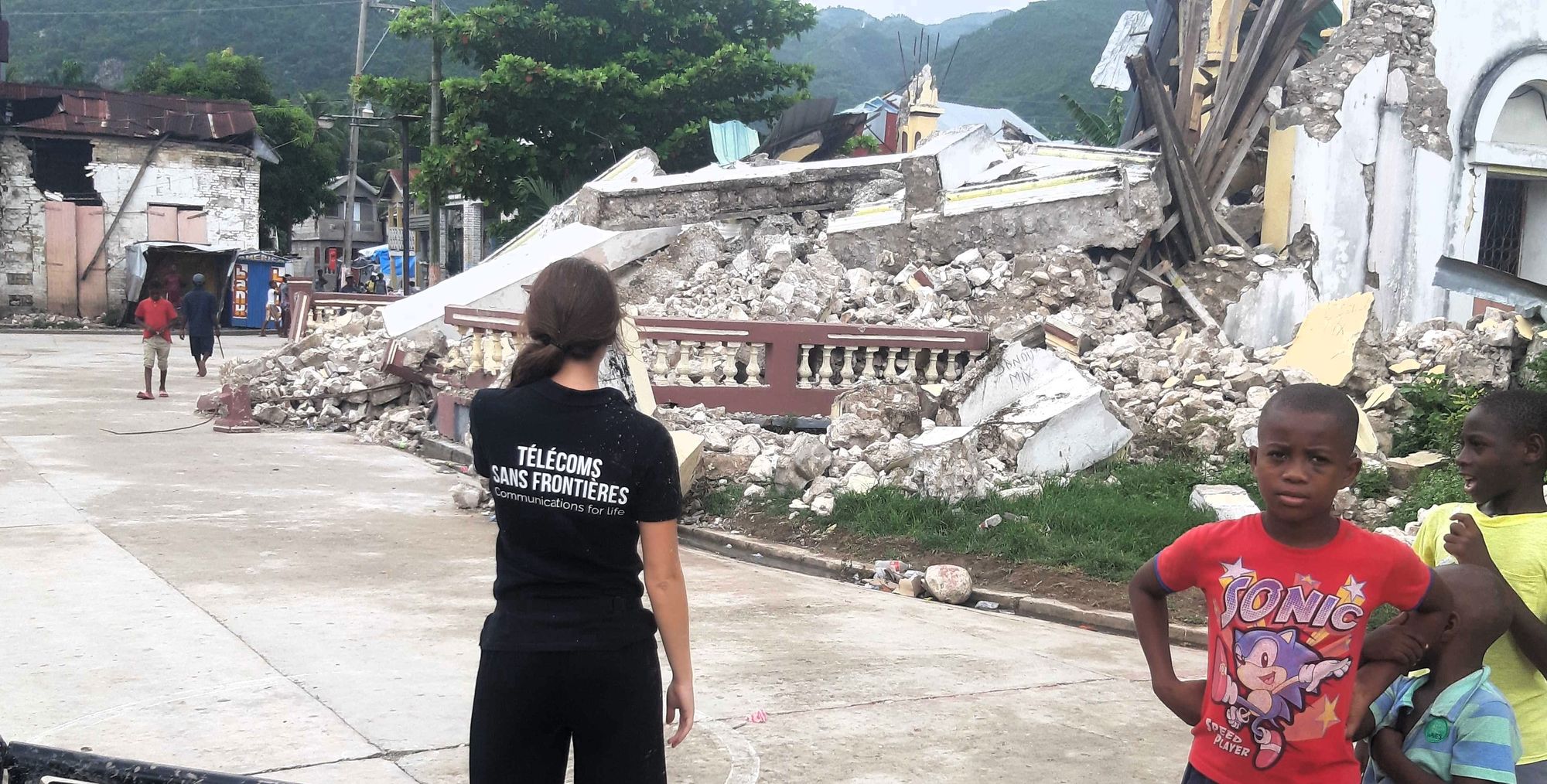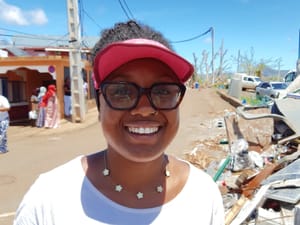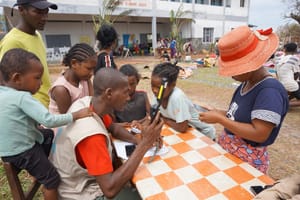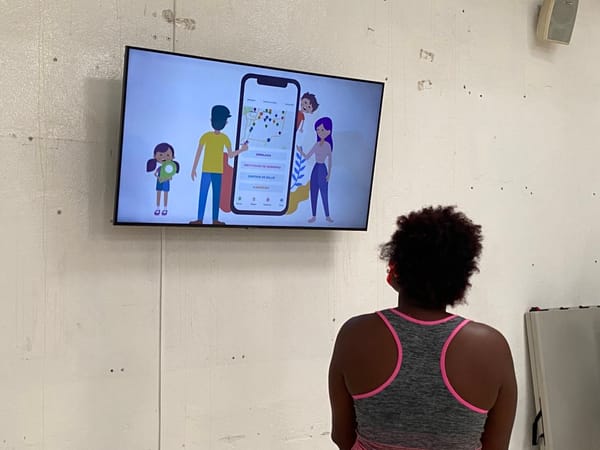The catastrophic earthquake that hit Turkey and Syria on February 6, 2023 called for relief efforts all over the world, both national and global. Operations in the field required collaboration to try and face this disaster. Those who read our newly started newsletter The Call to Comms will know that collaboration between international and local humanitarian bodies is a topic we’re invested in. The questions we constantly ask ourselves are how can we better face emergencies? And what steps can we take to build a strong strategic response? So let’s try and answer them.
A strategic response
At the end of 2022, with the support of the Internet Society Foundation, a team from Télécoms Sans Frontières (TSF) organised a workshop on emergency telecommunications with the regional intergovernmental agency CDEMA (Caribbean Disaster Emergency Management Agency) in Barbados. Our mission there, and for the whole project, was simple: to build a better, more strategic response to natural disasters by sharing our experience with local actors. It was a success and one that we’re building upon in South East Asia, where our team currently is, for another set of training.
The goal of the project is to build regional emergency telecoms capacity. TSF will provide equipment, train teams, and create and strengthen partnerships. The idea is to integrate telecoms in the regional strategic response to emergencies. With technical skills, teams can use the equipment we shared so they don’t depend on external intervention in case of emergency. In short, this is about autonomy and community resilience.
We hope these workshops will also lead to a network of telecom responders. Sébastien Gillet, ICT specialist and technical trainer for this mission, expands on this.
Local organisations know more about their region’s policies, authorities, and useful contacts. It makes them ideal contact points for reliable information on the region, such as the state of connectivity needs after a natural disaster.
Finally, if a regional telecommunications capacity is established, it will allow for participation in the initial response to an emergency, which builds community resilience and leads to a faster and more effective overall response to situations that require it.
At TSF we’re confident in this approach through experience learned. For instance, during the Haiyan typhoon in 2013, a similar network of regional telecom responders from NGOs were previously trained and were ready for the typhoon. This proves to us that creating a network of humanitarian actors works.
Most NGOs wouldn’t be able to have contact points in every country at risk of natural disasters. By focusing on a geographical region and collaborating with local intergovernmental agencies, NGOs can have a broader response. But how do we know which countries are the most at risk in the event of an emergency disaster?
Facing disasters
By prioritising countries most at risk, organisations can better identify the opportunities for building resilience. The Emergency Telecommunications Cluster (ETC) has a method to decide which countries would most benefit from preparedness projects in telecoms. The ETC illustrates this method with Haiti, who is prone to emergency disasters like the 2021 earthquake which left more than 1,900 people dead and 10,000 injured.

Through emergency preparedness, we can build both community resilience and humanitarian networks. Crises such as economic crises, climate change and conflicts require longer responses. One strategy to face these long and complex crises is through collaboration with other humanitarian actors and building responses that are sustainable in the long-term with local organisations.
The New Way Of Working
The strategy of long-term collaboration to increase resilience is in line with the New Way of Working. OCHA defines it as “working over multiple years, based on the comparative advantage of a diverse range of actors, including those outside the UN system, towards collective outcomes”.
One of the goals of this New Way of Working, by including a “diverse range of actors”, is to implement projects that will last, to be mindful of the country’s ways of doing and the expertise of the local organisations.
Conclusion
Collaboration between humanitarian actors, be it local, regional or international, gives us the opportunity to re-think emergency humanitarian action, with established contacts and strong connections. Through the sharing of expertise and equipment, collaboration can be the next step for a better response to increasingly complex crises – working together to face those situations.











Member discussion